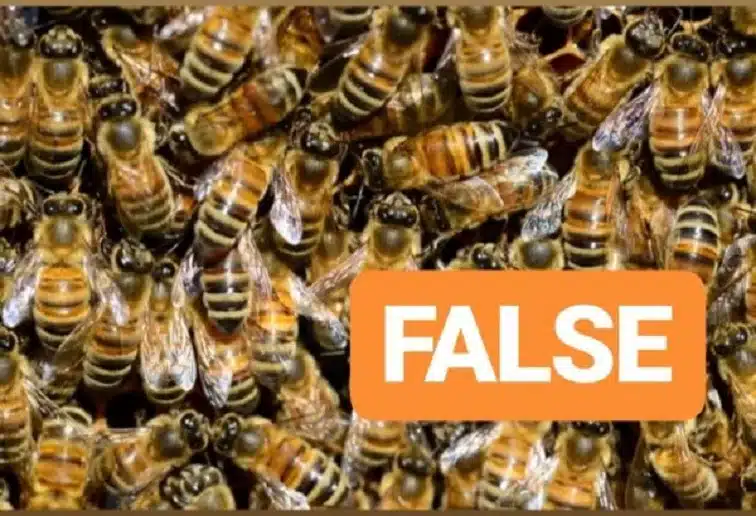Bee venom is traditionally used to relieve various medical conditions. Patients need to be fully informed of the dangers of bee venom therapy before undergoing treatment.
Bee venom is used as a natural treatment for a variety of ailments. Its proponents claim that it offers a wide range of medicinal benefits, ranging from reducing inflammation to treating chronic illnesses. However, research in some of these areas is either lacking or conflicting. At times the therapy can be life-threatening. A 55-year-old woman in Spain died after an allergic reaction after she received acupuncture with live bee stings, according to a case study in the Journal of Investigational Allergology and Clinical Immunology.
Most popular in China and Korea, the Bee venom therapy (BVT) is spreading, despite very little evidence that it can help any of the diseases it says it cures. The treatment has been popularised in recent years by many celebrities.
The practice is that bee venom is introduced into the patient directly by a sting from live bees or by needles for the therapeutic benefit.
“Bee venom therapy has been used traditionally for the treatment of arthritis, fibromyalgia, and multiple sclerosis. The effects are mainly based on personal testimonials, rather than rigorous scientific studies”, says Dr Debanjan Banerjee, Senior Resident at National Institute of Mental Health and Neuro Sciences (NIMHANS), Bengaluru, India. “However, while benefits are uncertain, the dangers are clear. A bee sting can lead to various forms of allergies, including anaphylactic shock in susceptible individuals, which can be life-threatening. It can also cause liver and kidney damage”.
We looked at the clinical studies that have studied the safety of bee venom therapy and found the results were mixed, there are studies that have shown the favourable outcomes but there are studies also which report unfavourable outcomes.
Though researchers have found that the BVT seems to be most effective for inflammatory disease, i.e., they reduce the inflammation, but the studies and case reports also show that the adverse effects outweigh the studies showing benefits.
The two reviews published in 2007 and 2014, analysed the effect of BVT on pain and arthritis they both observed that sample size and quality was low to draw firm conclusions. Another review of 145 studies found that an average of 29% of patients underwent adverse effects of BVT.
The reactions caused by bee stings generally fall into two groups- early and late. The early reactions start within 15 minutes to 4 hours induces acute anaphylaxis and can result in death. The late reactions usually occur after 7-10 days and results in several diseases.
The bee venom mostly constitutes of proteins and peptides along with some minor compounds. The peptide Melitin is the abundant component of the venom, and the protein phospholipase A2 is the potent allergen.
As reported by the studies, they both are neuromuscular blocking agents, which can cause respiratory paralysis. The excess quantities of Melitin can result in death due to cardiovascular collapse.
The other peptide in bee venom is apamin, which is a neurotoxin, resulting in hypotension and an increased heart rate. The venom components generate systemic shock which can also result in acute kidney injury.
Additional complexities due to bee stings include acute myocardial infarction, pulmonary haemorrhage, optic neuropathy, and nephrotic syndrome.
Bee venom may benefit the health of our skin and immune system, but it comes with risk and in susceptible individuals, it can lead to life-threatening reactions. The patients need to be fully informed of the dangers of apitherapy before undergoing treatment and that apitherapy practitioners – who often do not have medical backgrounds – are not fully trained in rapid allergy responses.
“There is a thin line between the bee venom therapy that causes fatal anaphylaxis in one individual and the beneficial effect in the other,” says Dr.Akshay P. Jadhav, Fellow Paediatric Critical Care and Emergency Medicine at Rainbow Children’s Hospital in Bengaluru, India. “There is a need to discourage such practices which by all probability doesn’t have a long term health benefit and also have higher chances of causing anaphylaxis.”
Take a part in curbing medical misinformation!
If you receive any video, photo or any kind of information that is doubtful or if you are not convinced of a post or message on the internet related to health and medicine, forward it to our mailbox at editor.haindia@gmail.com we’ll fact-check it for you.
Join us on Facebook or Twitter.

















